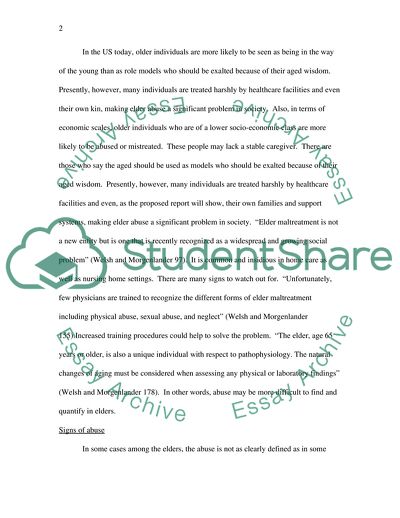Cite this document
(Abuse of the Elderly Essay Example | Topics and Well Written Essays - 2750 words, n.d.)
Abuse of the Elderly Essay Example | Topics and Well Written Essays - 2750 words. https://studentshare.org/sociology/1746086-elder-abuse-persuasive
Abuse of the Elderly Essay Example | Topics and Well Written Essays - 2750 words. https://studentshare.org/sociology/1746086-elder-abuse-persuasive
(Abuse of the Elderly Essay Example | Topics and Well Written Essays - 2750 Words)
Abuse of the Elderly Essay Example | Topics and Well Written Essays - 2750 Words. https://studentshare.org/sociology/1746086-elder-abuse-persuasive.
Abuse of the Elderly Essay Example | Topics and Well Written Essays - 2750 Words. https://studentshare.org/sociology/1746086-elder-abuse-persuasive.
“Abuse of the Elderly Essay Example | Topics and Well Written Essays - 2750 Words”. https://studentshare.org/sociology/1746086-elder-abuse-persuasive.


